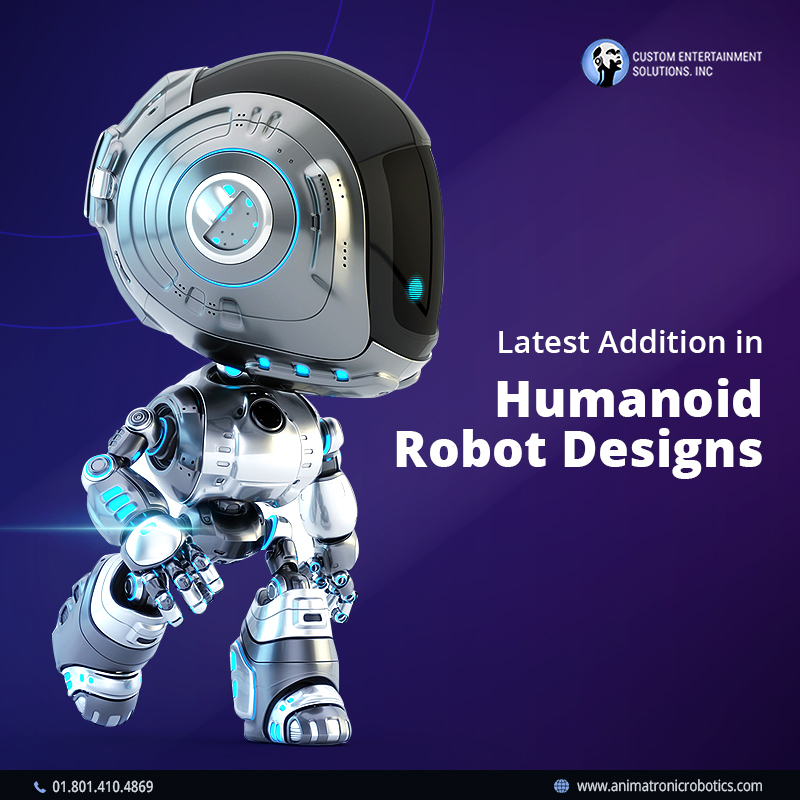
A humanoid robot resembles the structure of a human being. It is expected that a humanoid robot will work and assist people in a human-centric environment without modifying the surrounding. Many researchers have carried out extensive research in this field. In recent times, a plethora of humanoid robots like ASIMO, HRP, WABIAN, QRIO, HRP3L-JSK, KHR, THBIP, JOHNNIE, Atlas, and such others came to the limelight. Beijing Institute of Technology (BIT) furthered this research on humanoid robot design and they have developed generations of a humanoid robot called BIT Humanoid Robots or BHR right since 2000. The first four generations of this series – from BHR-1 to BHR-4, have successfully performed in walking and executing other complicated motions, such as swordplay, Tai chi, and facial expressions, without using any external cables. The progression towards a humanoid robot that is useful in many real-world situations is coming, fast.
Nevertheless, they had a limitation in the mechatronics system and mechanical structure, which prevented them from performing any task that requires fast responsiveness and whole-body motion. For instance, they couldn’t play table-tennis. To fill this gap, a new humanoid robot, BHR-5 has been developed. Here we will explore more about this latest addition in the field of humanoid robots.
Overview of BHR-5 Robot Design
a. Structure and Body Parts of the Robot
BHR-5 consists of two redundant arms, two legs, a head, and a torso. Altogether, it has 30 Degrees of Freedom (DOFs). The weight of the robot is 65 kg and its height is 1.62 m.
Since the robot is designed to perform fast tasks, so it must possess the properties of light weight, high stiffness, high power output, inertia, and more real-time information processing ability. Integrated design for mechanical structure and the casting manufacture method was analyzed and explored by the researchers to enhance the stiffness. Also, a two degree of freedom waist has been added to this humanoid robot design in order to improve its agility and expand the workspace.
The flexible foot for landing offers greater absorption power and enhanced control over its movement.
Other than these there are 3 gyroscopes, 2 color cameras, 3 accelerometers, and 2 six-axis torque or force sensors in the robot. Its skeleton and mechanical frame are made of aluminum while the exterior is built with various plastics and composite materials. Each of the joints is actuated by harmonic drive gear and brushless DC motor.
b. Mechanical Design Principles
The mechanical humanoid robot design follows the below-mentioned principles:
- 1. Bionic Principle – The robot must have great similarity with a human being in functions and structures and should also possess human-like size, DOFs, height, and the movement ranges.
- 2. Light Weight and High Stiffness Principle – Lightweight has the potential to reduce the requirements of the torque output and actuator’s power. Further, high stiffness ensures less mechanical deformation and thereby renders a flexible vibration. This helps to control balance.
- 3. Integration Design Principle – An integration design for the mechanical structure has been employed so as to enhance reliability and stiffness.
Conclusion: Right since its development, BHR-5 has proved to become a comprehensive research platform that advances experiments in robotics.
Got a query? We would like to answer! Contact us or call 01.801.410.4869 and learn about our services.



2020